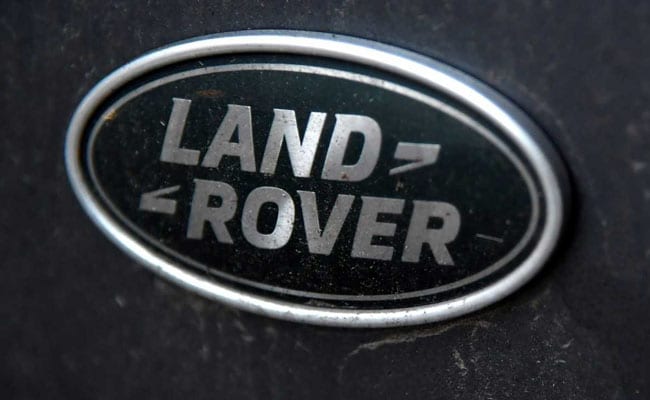Photo used for representation purpose only.
| Photo Credit: Getty Images/iStock
The Economic Survey of India 2023-24 released on July 22 stresses that implementing the New Education Policy to achieve learning outcomes and syncing that with skilling outcomes will boost the job prospects of India’s youth. V Anantha Nageswaran, the chief economic advisor, said at the press meet marking the release of the economic survey that only 51% of India’s graduates are employable. The survey notes that the median age of India’s workforce is 28 and syncing learning outcomes with skilling outcomes is the best way to leverage that.
“The education sector is bustling with the across-the-board transformation led by the NEP 2020, which is expected to yield Foundational Literacy And Numeracy for every child passing the third standard in the near future. That said, improving learning outcomes and undoing the COVID-induced learning loss is more urgent than ever,” says the report. The survey notes that skilling is falsely taken as applying to dropouts and those who did not perform well in academics but that perception needs to change to boost the employability of youth.
The economic survey has flagged a concern that various reports have been highlighting the gap between class standard and learning level, which has widened since COVID. For instance, in comparison to the National Achievement Survey (NAS) 2017, student performance underwent a significant drop in NAS 2021. Class 10 scores decreased by 13.4% in Mathematics, 18.6% in Science, and 9.1% in Social Science, while Class 3 scores decreased by 3.9% in Language, 4.7% in Mathematics, and 4. 4% in Environmental Studies.
Regarding central government expenditure on education, the survey notes that in FY 24 the total expenditure was Rs 60,000 crore lower than budget estimates. Rural development and education expenditures took the brunt. Overall, the survey notes that the total central expenditure has been hovering at 2.8% over the years and last year saw a slight dip.
Among the positives the survey flags are the improvement in school infrastructure. For instance, in 2022-23 97% of the schools had toilets compared to 88% in 2012-13. Only 36% of the schools had handwash facility while now 94% had it. A little over half the schools had electricity in 2012-13, while ten years later nearly 92% had it. In 2022-23, half the schools in India had computers and internet facilities.
The survey recalls a warning by Vivek Murthy, the U.S. Surgeon General, that social media was like tobacco and that laws were needed to shield the young from online harassment, abuse, and exploitation. A study by India’s National Commission for Protection of Child Rights showed that 23.8 per cent of children use smartphones while they are in bed, and 37.2 per cent of children experience reduced levels of concentration due to smartphone use.
The survey notes that as of July 2024, 2037 higher education institutions have onboarded the Academic Bank of Credits and 30.13 crore APAAR IDs have been created for students of higher education, school education and skill institutes. The ABC seeks to boost student mobility across institutions.
The survey has discussed in some depth the International Financial Services Authority and the GIFT city in Gujarat. The IFSC has been designated as a non-resident zone under the Foreign Exchange Management Act, which means that entities set up in the IFSC are outside the capital control restrictions and, therefore, can conduct business in any of the eleven notified foreign currencies. The FY23 budget had talked about foreign universities setting up their campuses in ISFCs. In FY2024, Deakin University from Australia became the first foreign university to be granted final registration for their International Branch Campus in GIFT IFSC under IFSCA. The University of Wollongong from Australia became the second foreign university to receive in-principal approval for their International Branch Campus in GIFT IFSC. The survey says such initiatives will help to achieved a more educated and skilled India.










